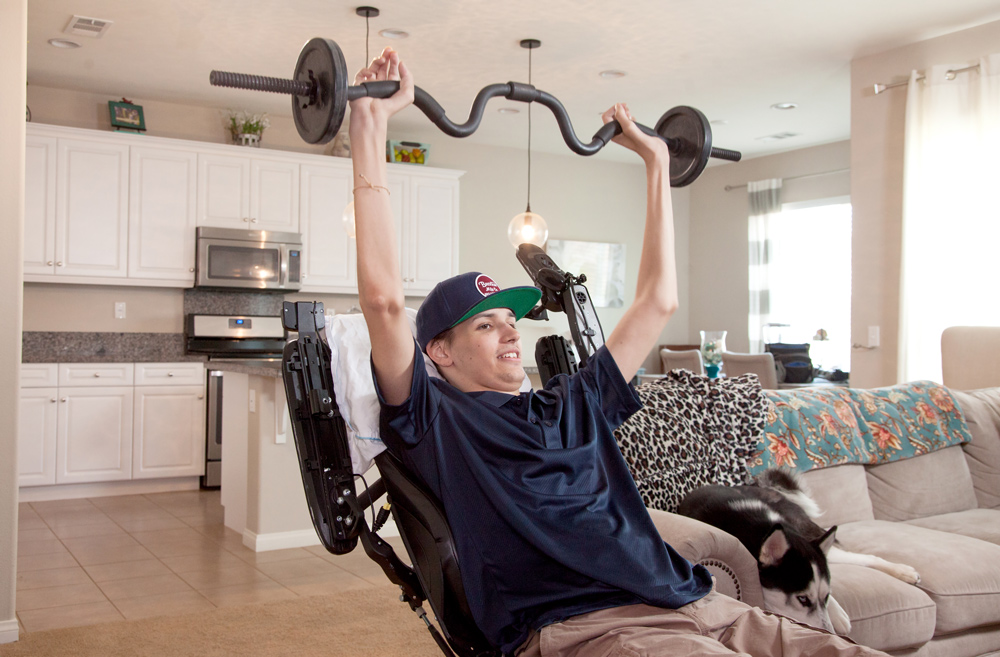Welcome back to our Cool Stuff Roundup, where we collect the best stories shared on Freethink’s internal Slack channel, and share them with you.
Virtual reality promises to change the way we experience everything from video games to live sports, but will it also change the way we dream? A new study suggests that VR users experience more lucid dreams than conventional computer users. Researchers think it’s because “engagement in dream-like environments—like many virtual-reality programs are—increases lucid dreaming frequency.”

Another incredible stem cell therapy case: Last week we told you about the experimental stem cell treatment that restored Vanna Belton’s vision, and the fight over whether patients should be able to receive that treatment at all. The case of Kris Boesen offers more super promising evidence that stem therapy works: Three months after receiving a stem infusion for a spinal cord injury that paralyzed him from the neck down, Boesen was “able to feed himself, use his cell phone, write his name, operate a motorized wheelchair, and hug his friends and family.”

Turns out DNA is a great way to store data, and not just the genetic kind: In a development you probably didn’t see coming, Microsoft transferred the entirety of Leo Tolstoy’s War and Peace by translating the 1s and 0s that make up digital data into nucleotides. Lead researcher Karen Strauss says “a shoebox worth of DNA could hold the equivalent of roughly 100 giant data centers.”
Can we cure every disease with $3 billion? Pediatrician Priscilla Chan and her husband, Facebook founder Mark Zuckerberg, want to try. Over the next decade, the Chan Zuckerberg Initiative is investing $3 billion toward “helping cure, prevent, or manage all disease” within their children’s lifetime. Of that $3 billion, $600 million will go toward the creation of Biohub, a physical facility that will bring together software engineers and medical researchers from Stanford, Berkeley, and other elite Bay Area institutions. Tall order, long runway, best of luck.
The Back to the Future shoes are finally here: Sneaker heads have been fantasizing about the self-lacing shoes worn by Marty McFly for 30 years, and Nike finally made them. The Hyperadapt has a motor in the sole, a censor in the heel, and can lace itself up.




